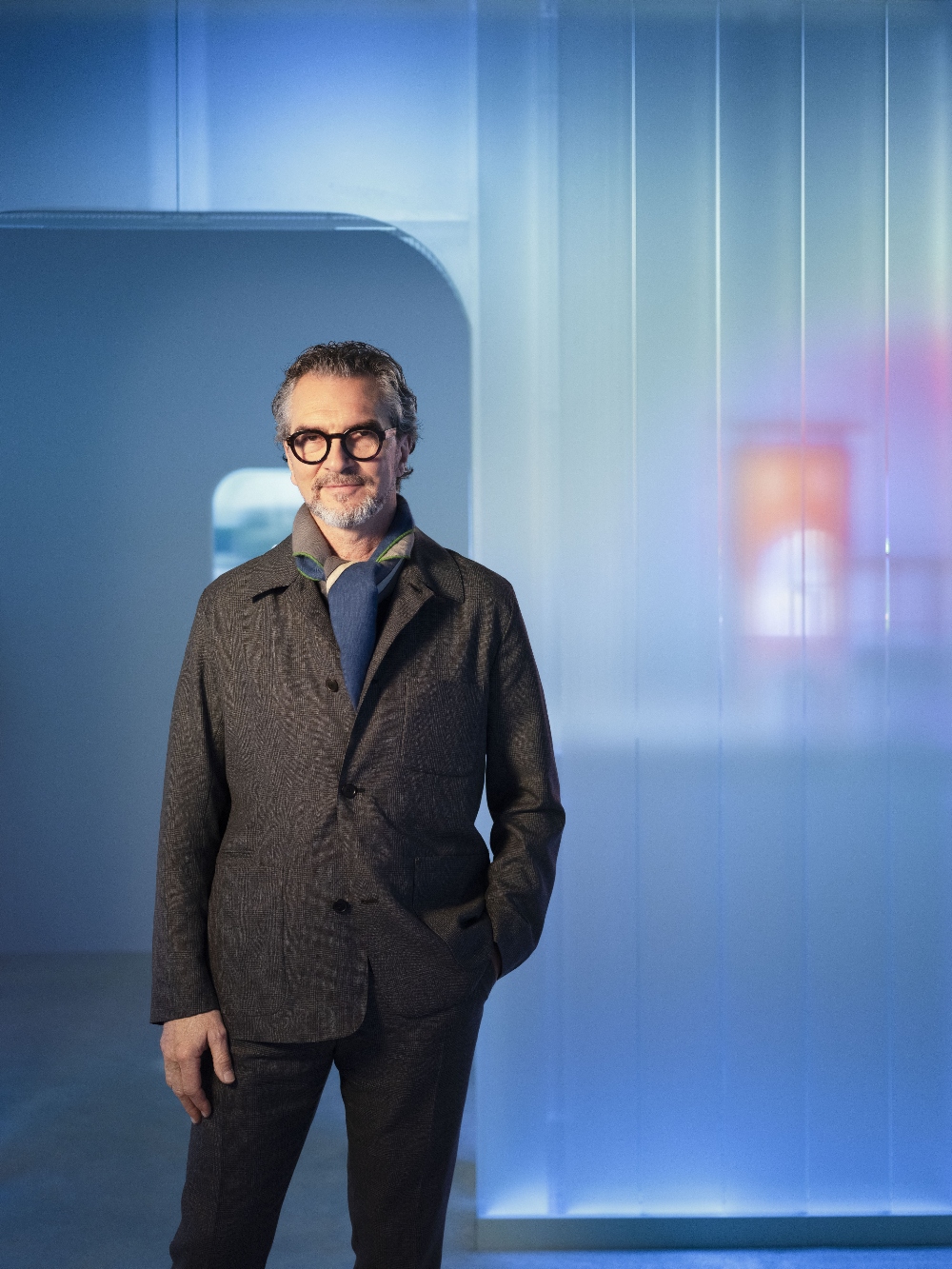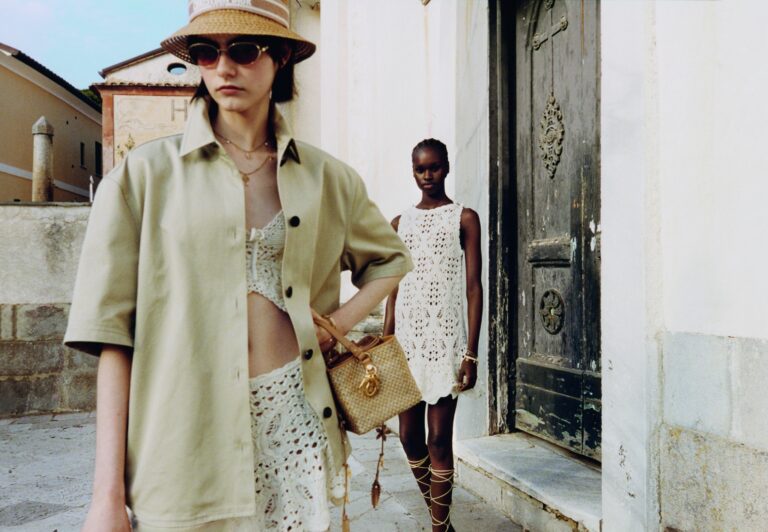Hermès Horloger’s Creative Director Philippe Delhotal on the Art and Attitude of Hermès Watchmaking

It is always a pleasure to have a conversation with an industry professional in person for the first time, especially if you have interacted in more indirect forms. Such is the case for us with Hermès Horloger design chief Philippe Delhotal, the mind behind the watershed Le Temps Suspendu watch. Delhotal himself might prefer ‘architect’ or ‘creative’ to ‘mind’ as we have it there but this most impactful of watches really did emerge from his musings on time, but we are getting ahead of ourselves.
To begin with, Delhotal has been with Hermès since 2008/2009, where he remains as Creation and Style Director. Regarding his start date there, the precise timing has been smeared in the years that he has been with the brand, with his CV listing his appointment as 2009 but most stories by independent press have it as 2008. This emergent ambiguity is fascinating, especially since Delhotal is responsible for landmark moments of whimsy in watchmaking.
While collectors may be familiar with Delhotal’s work on the beloved Arceau Le Temps Suspendu or the more recent H08 and Cut, his career is a journey that reveals a purposeful commitment to craftsmanship and a rich history with some of watchmaking’s most storied names. Unusually, his story really begins in France…
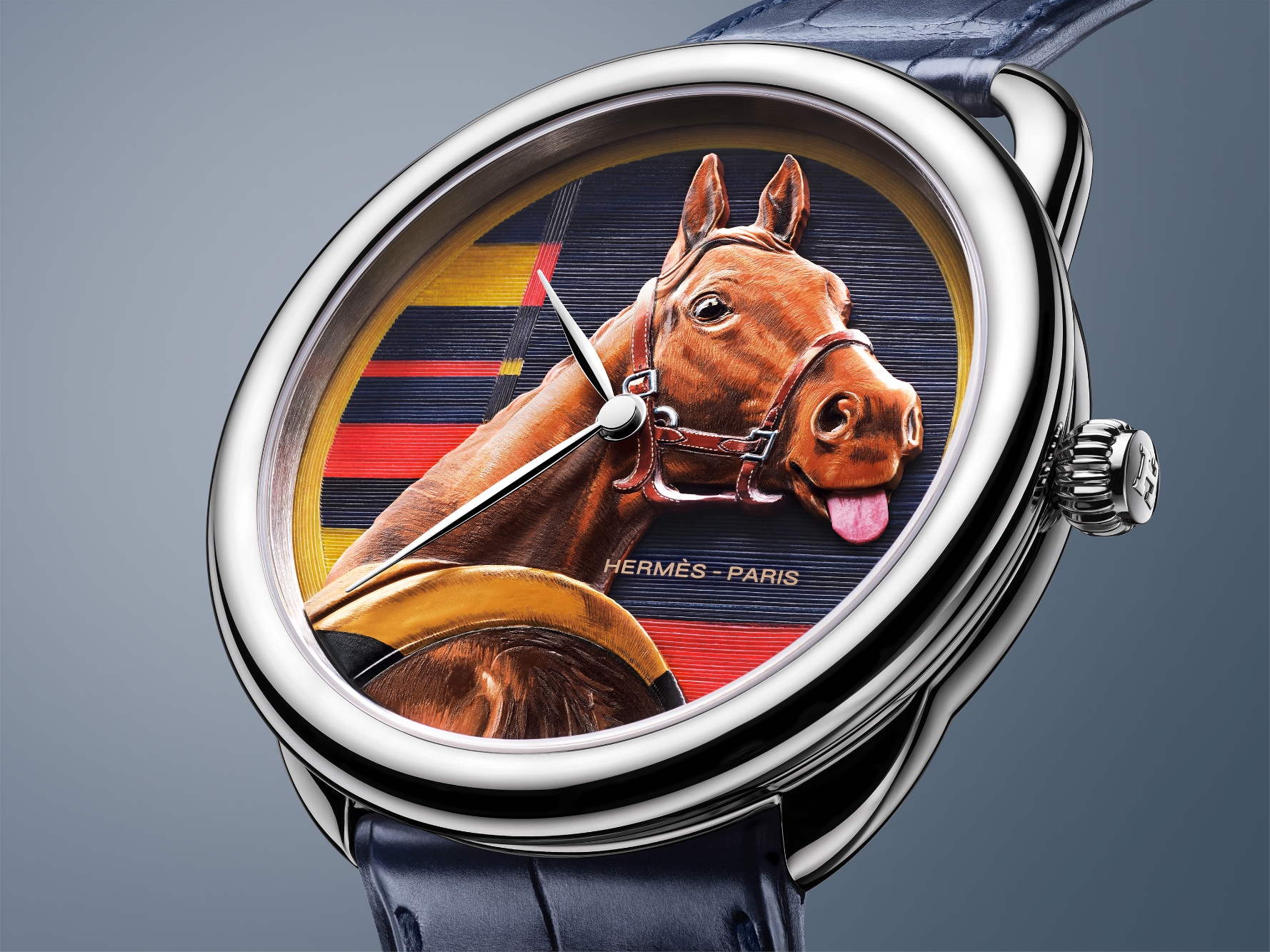
Delhotal began his formal training in clock and watchmaking in France in the late 1970s. This early foundation in the world of technical precision was soon complemented by an unexpected but crucial pivot into the world of aesthetics, before turning yet again, this time into management. He took courses in fashion design and styling at the prestigious École des Beaux-arts in Paris, a formative experience that built bridges between his mechanical understanding and his artistic eye. This blend of technical mastery and visual flair is somewhat unusual in traditional watchmaking, and even if you know nothing of Delhotal himself, the proof is in the watches he creates for Hermès.
“Hermès watchmaking offers a different interpretation of time: a time brimming with whimsical fancy, which goes beyond style; a time that is friendly, enduring, playful and recreational. A time that tells a story and arouses emotions. The maison does not seek to replicate what already exists, but instead to be daring and follow its intuitions by creating objects whose purpose is not only to indicate the time, but to build a relationship with time.”
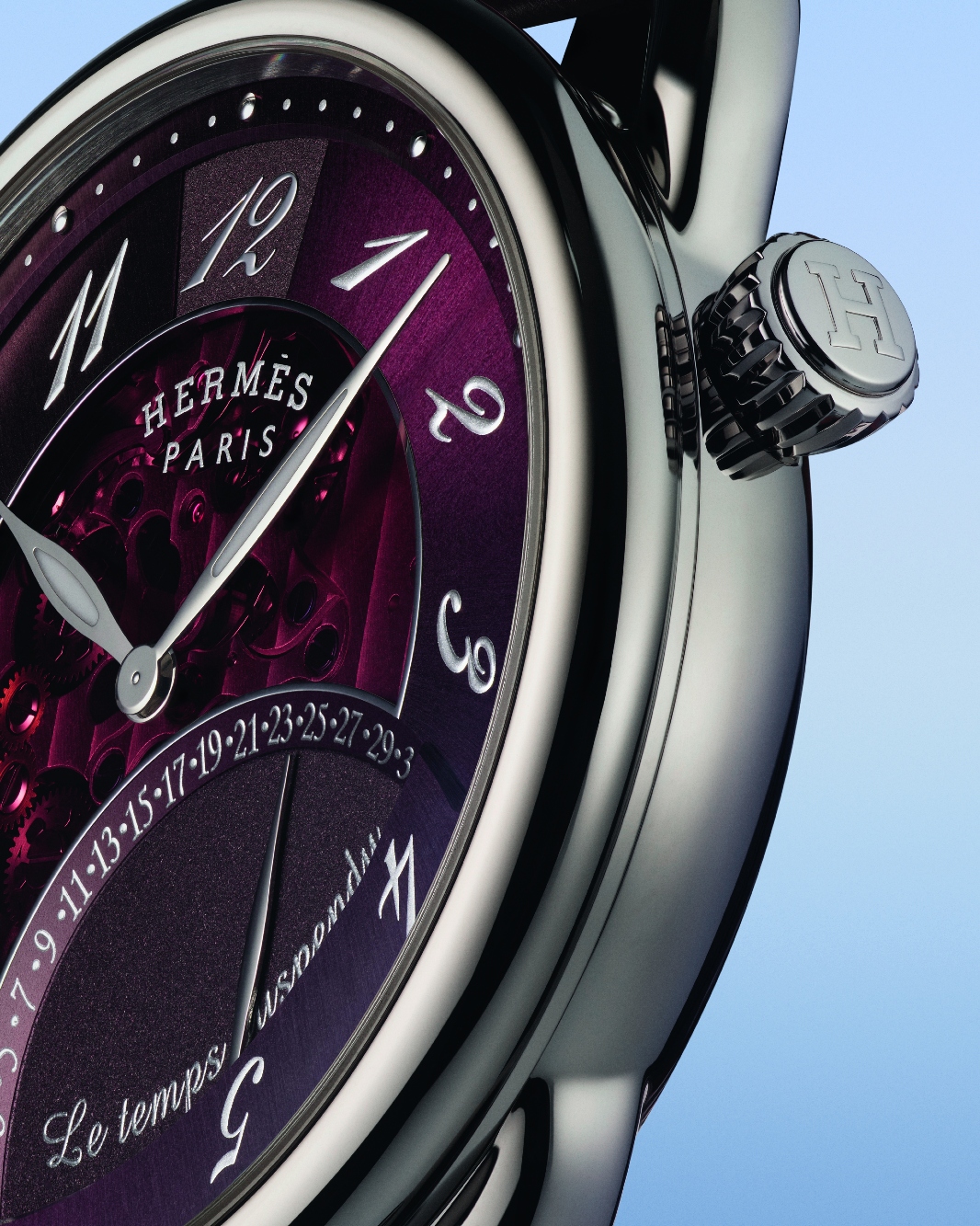

Cutting back in time again, from 1985 to 2000, Delhotal honed his skills across a diverse range of roles and companies, building a comprehensive understanding of the watchmaking ecosystem. He worked as a designer-model maker for Vacheron-Constantin and Piaget, both Swiss legacy brands while still being Paris-based. The final step before Delhotal decamped at Hermès was a pivotal five-year period where he served as the Creation Director for Patek Philippe.
The world usually hears from Delhotal at Watches and Wonders Geneva, where he often presides over product presentations. These are, of course, the brand’s formal introduction to its new watches for the year, as well as creative statements such as Le Temps Suspendu, otherwise known as Time Suspended, which echo far into the future. We followed up with Delhotal after our session to get more familiar with the watches. For the record, questions were sent in advance but the conversation veered into other areas once we saw the watches. For our session, Delhotal used an interpreter and spoke almost entirely in French.
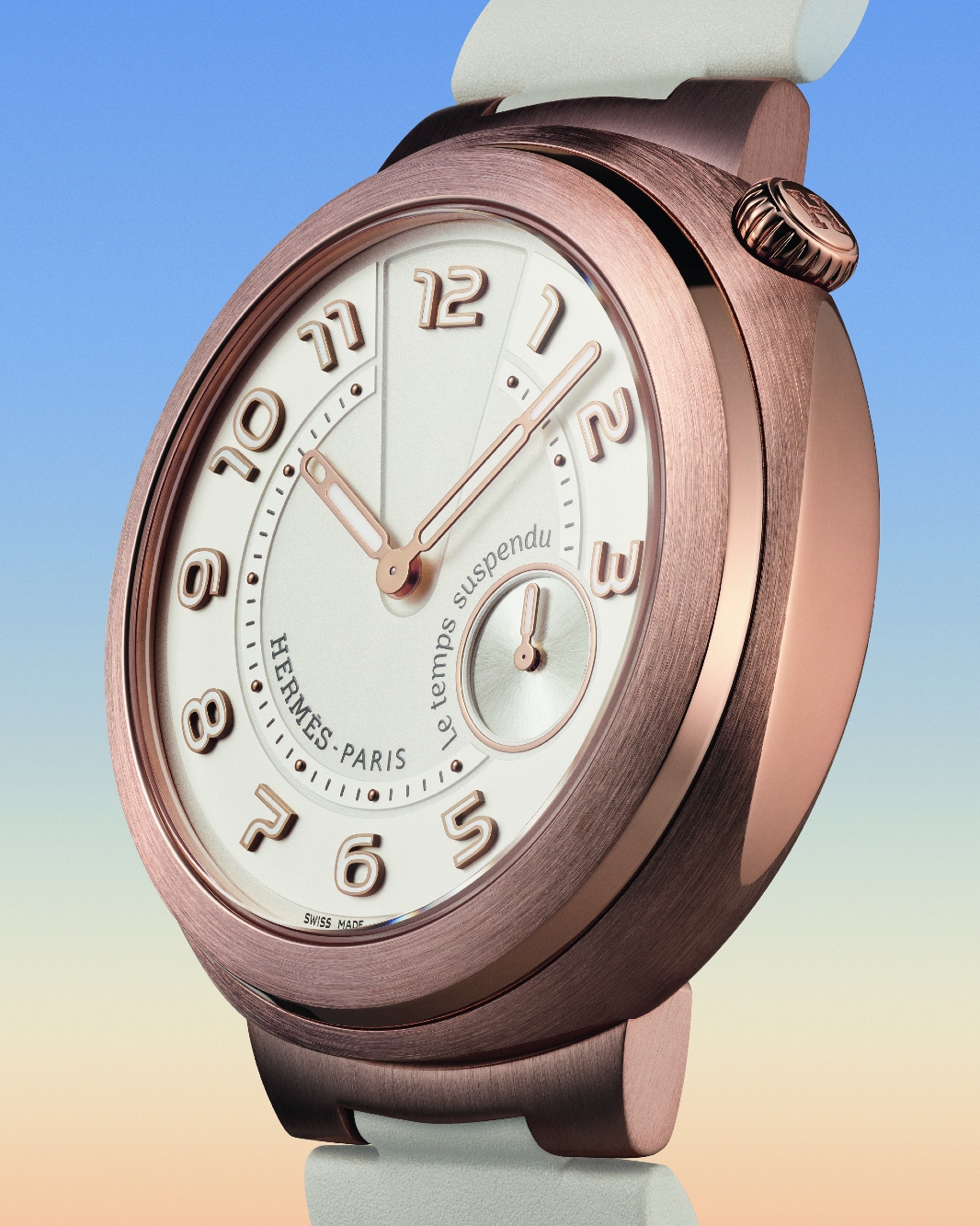
Let’s start with the working against expectations in watchmaking design, with the standard round shape being so dominant. Even where Hermès has a round shape, you sort of play with that, like in the Arceau, for example. What’s the challenge of working in that mode?
This is really quite simple. We have a culture in Hermès of shapes, of form, and all the (Hermès) objects have a special shape. And the shape, the form, is a stylistic expression that is very marked in Hermès and very important. It’s not the easiest of exercises, you know, making a round watch… Yeah, making other shapes is more complicated; you have a question of proportions and balance; we have to be careful in the construction of the object itself.
At Hermès, form or shape is a real vocabulary. We often say the vocabulary of shape, of form, and it’s very important to be able to offer to clients the possibility of having watches (which are different to) the standard. In (most watchmaking) brands, there’s a majority of round watches, obviously. (On the other hand), we are in the world of shapes. (For example), when you see the Cut, you think you’re seeing a round watch, but it isn’t round. It has the specificity of having truncated elements, which gives it a special characteristic.
Details are an area where Hermès shines, with typography that stands out. Why this attention to detail when traditional watchmaking is dominated by almost brutish codes?
Typography is a signature of Hermès; you cannot imagine creating a watch with a typography that wouldn’t be dedicated to that watch. Typography is part and parcel of the object. When we draw the watch, we design the dial at the same time. We don’t say, let’s make a watch and (only) have typography as an afterthought. Typography is much more difficult to do than indices…you put 12 indices on a dial and it’s fine. Working on typography is long (and) it’s difficult. It’s a real profession; it’s a real job. It’s a fundamental element (to the design of the watch), the typography. You can have a beautiful case but if you have a dial without nice typography, it doesn’t work. So, typography is not a detail; it is an integral part of our timepieces.
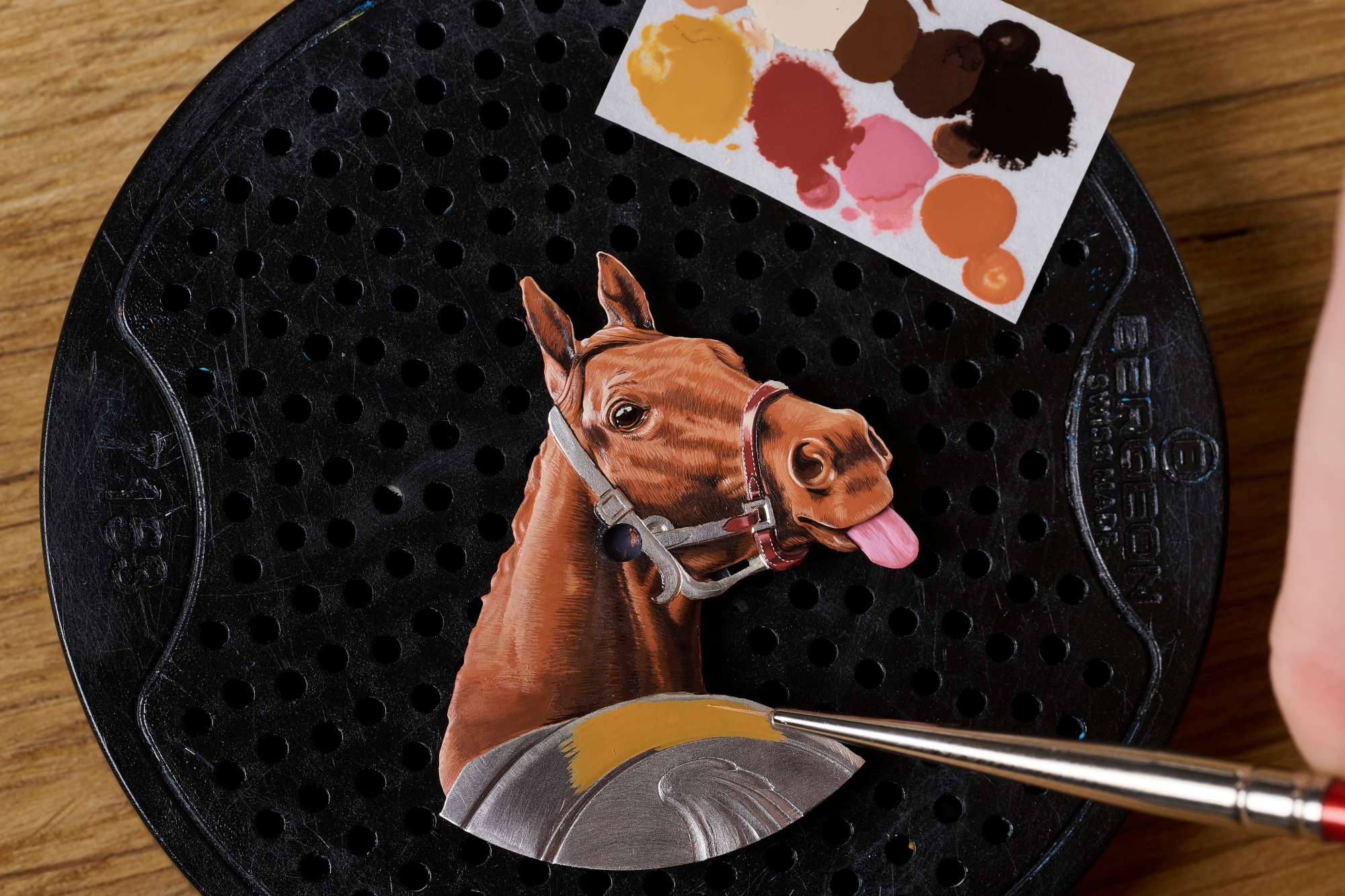
Another ‘detail’ that impressed us is in the Arceau Rocabar de Rire, with its on-demand function being a bit of a detail that is also central to the watch. Where does this spirit of playfulness come from?
We’ve always loved to play and laugh in Hermès! We like the lightness of things. I think we are in complicated times these days, and the justification of dials and watches that can offer you some emotion and some joy, is really important. That’s one of the signatures of Hermès as well and the art and craft watches really translate that spirit (of playfulness). Hermès watches (not just the Rocabar de Rire) always tell a story and that’s what our clients really like! You don’t come to us for the fountain of Geneva! (a reference to one of the signatures or staples of the city).
We want the client to feel like they are a part of the story; that they enjoy telling the story in turn (especially about the craft behind any given watch). I always like the idea of knowing what’s happening behind the curtain. It is the curiosity of discovering the story; of discovering the technique; how it was made; and why was it made. It is about going further than just presenting the watch and saying it is very beautiful, and so on. In fact, the clients are not demanding but they need, more and more, to understand the meaning of the object.
Speaking of complicated times, what is your perspective on the challenges facing watchmaking?
Watchmaking adapts itself as well, you know, because (there is a certain) quality of watchmaking, I find, which is the ability to reinvent itself all the time. When you see a fair like this one (WWG), the creativity of the brands is extraordinary. Every year, we are surprised and we discover things we didn’t imagine (he is speaking here of watches from exhibiting brands in general). Watchmaking is a profession that has managed to reinvent itself and still manages to surprise us. Remember when we used to talk about smartwatches… Everybody was scared that watchmaking would disappear – traditional watchmaking would disappear. But what happened?
On the contrary, watchmaking reacted, saying we have other things to show (that were very different to the features and functions of the smartwatch). So, I think we have things other than the hours (or the passing of time) to show. The hours are just anecdotal, you know (or incidental and supplemental in traditional watchmaking because) we have telephones, and thus we’ve got clocks (or time-telling devices) all over.
The (traditional) watch is a receptacle for emotions, of surprise and of beauty. For me, it’s like a painting, you know, when you’re looking at your watch. When you show your watch to your friends and explain the watch…that’s extraordinary. And it gives you a lot of hope for the future of this profession and the people working in it. One should stop talking about artificial intelligence (in the context of watchmaking); we should also come back to the human, because watches are made by (human hands and minds).
Then again, maybe I won’t be there to see it, but I’m not sure that artificial intelligence will manage one day to sublimate (an object like a traditional watch). But maybe I’m wrong!

I think the spirit of what you were saying is also incorporated in something like the time-suspended complication. Why are these types of interpretations of time important to you and to Hermès?
I think it’s a creative response. It’s important for me because Hermès has been able to bring a creative response that’s different. It is a creative response (that’s different) to what you’re used to seeing everywhere else in watchmaking. I was with friends a moment ago. They say we come to Hermès and we see things that we don’t see elsewhere. It’s as if the Hermes booth is like, you know, the playground?
And they say, ‘let’s go to Hermès because it’s not a distraction, but the things we’ll see will be different.’ It is through our objects that we can (make this happen). We don’t take ourselves (too) seriously; watchmaking is very serious. And yet they’re always very funny…the watchmakers are. I think you can practise watchmaking with humour, but doing it seriously, taking it seriously. The lightness (of spirit) doesn’t mean you’re not serious.
From the design perspective, is it even useful to think of watches as gendered objects? We think the Cut version of the time suspended is very lovely, especially with the anti-clockwise 24-second counter.
No, the watch is not necessarily gendered, but there are shapes and sizes whereby (such creations) are more meant for a woman than a man. Is it easier for a woman to wear a man’s watch than a man to wear a woman’s watch? A woman just goes for anything she is ready to wear. Look at clothes (and style in general); women have a lot of clothes which are not worn by men; I find it more difficult to wear my wife’s clothes than my wife does in wearing my clothes! She can take a sweater or a shirt; I find it more difficult to wear something out of her wardrobe, even if the size is not an issue.
We have made the Cut in a feminine spirit, but when I saw the watch and I presented it in Japan, for example, journalists said, a man can wear this. And in Japan, we sell it for men. (As an aside), I would say that the man who will steal his wife’s watch is quite rare.
So, there is a universal appeal, perhaps in the artisanal dial offerings too?
Yes, there is a universal appeal; there are no limits. There is much less this categorisation – of this is a man’s watch and this is a woman’s watch (in the creation process). You make a watch and then (the customer) chooses how it’s going to be used. (It might) depend on the inspiration, and the person’s taste. You have men carrying the Kelly bag today and why not? There’s no problem. As long as it remains in good taste, I have no problems with it.
This story was first seen as part of the WOW Legacy 2025 Issue
For more on the latest in luxury watch reads, click here.
The post Hermès Horloger’s Creative Director Philippe Delhotal on the Art and Attitude of Hermès Watchmaking appeared first on LUXUO.
